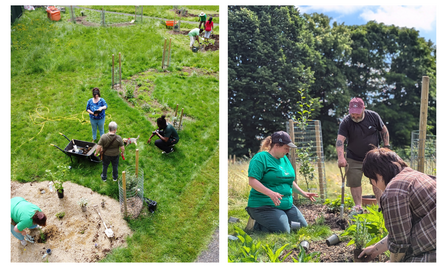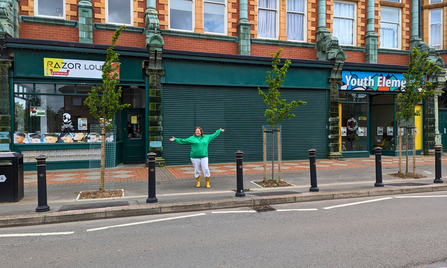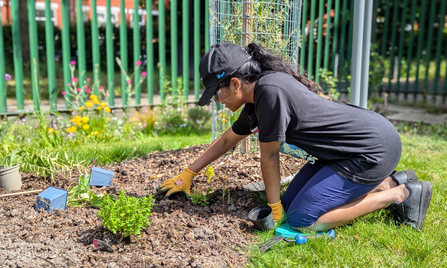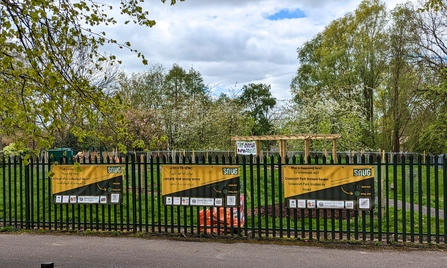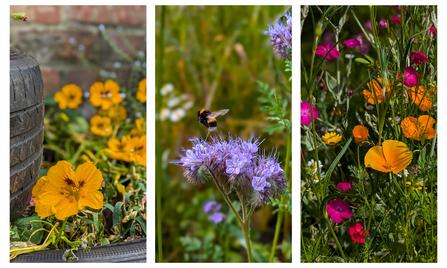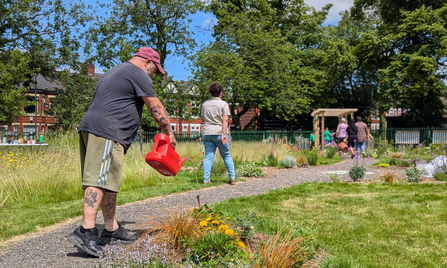If you lived next to an abandoned bowling green, a disused community garden, alleyways that had seen better days and a street in desperate need of some trees, what would you do?
This is the situation that Claire Biggs found herself in last year. With support from the Green Spaces Fund and a lot of collaborative hard work, she launched the Sustainable Northmoor by Urban Greening (SNUG) project to bring some much-needed colour and greenery to the neighbourhood.
Claire is now SNUG’s Director and Project Manager and we sat down with her to find out more about this ambitious multi-site undertaking.



